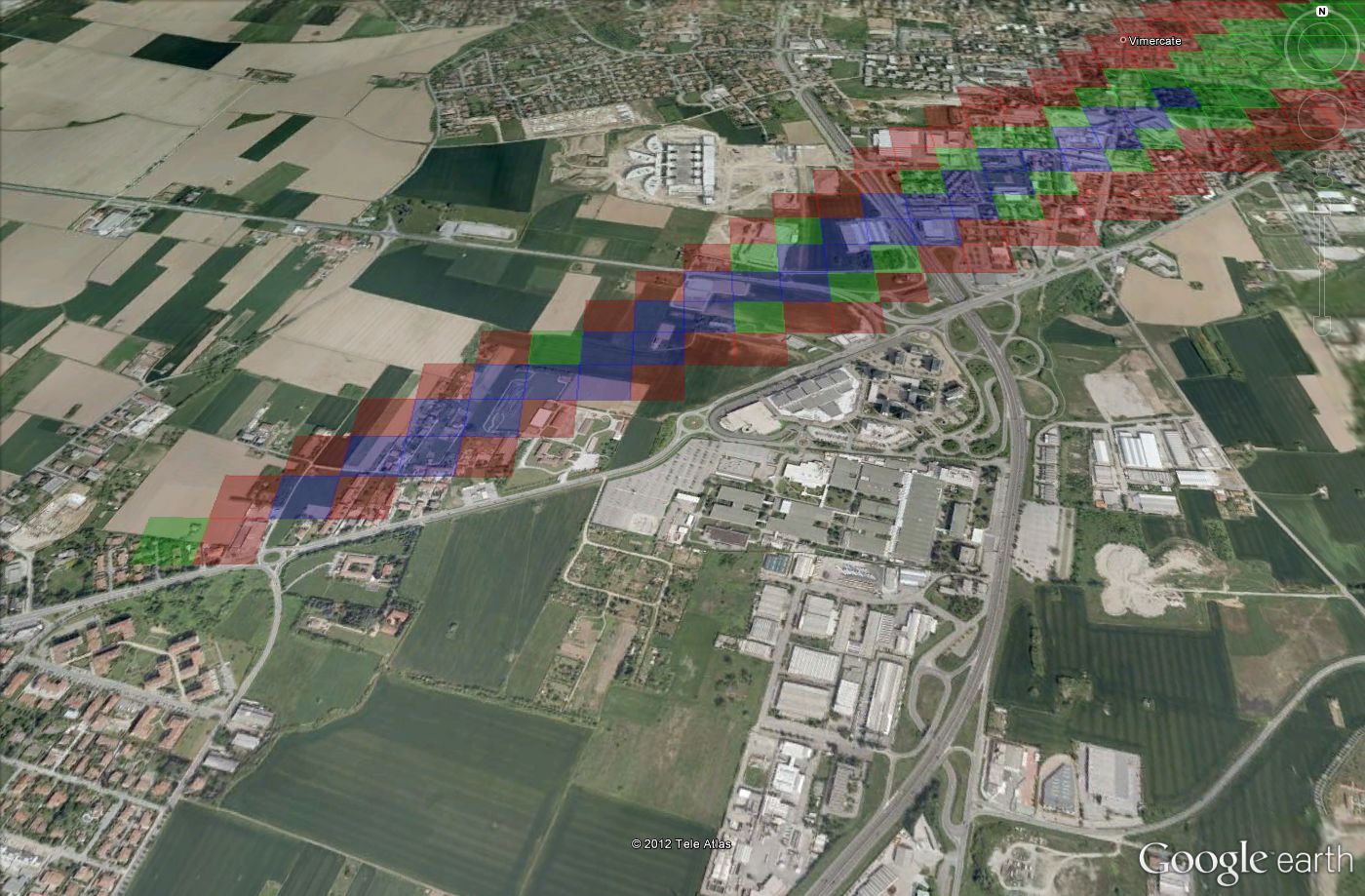TOXFLAM online - a web tool for air quality modelling
TOXFLAM is a software code based on an analytical solution to the atmospheric dispersion equation for inert substances that may undergo a first-order chemical or physical decay and have a density that is similar to the air density (Bianconi and Tamponi, 1993)
.This general analytical solution to the dispersion equation describes releases of any duration in a finite mixing layer. The instantaneous release solution (the so-called "Gaussian puff solution") and the continuous release solution (the so-called "Gaussian plume solution", as the one used in ISC and AERMOD US-EPA models) are just particular cases of the general one. Moreover, analytical solutions of finite duration having different starting times can be superimposed to describe a time-variable release rate. The model can also give the finite or infinite exposure to the concentrations.
TOXFLAM can simulate the release from a point source (stacks or pool fires assimilated to point sources) and it can compute the plume rise of the pollutant due to mechanical or thermal momentum. TOXFLAM extrapolates the wind speed at the release height according to a vertical profile that depends on land characteristics (throught the roughness length parameter) and the atmospheric stability.
The full mathematical model description can be found in Andretta et al. (1993).
You can contact us if you're interested in model's applications or use under license.
A simplified version of TOXFLAM is available online on this website, where you can input your data (meteorology, source parameters, domain) and see on Google Earth the results. You can start from one of the three examples of application that are provided and then change the input values to see how this affects the results.

References
- Bianconi R. and M.Tamponi (1993) A mathematical model of diffusion from a steady source of short duration in a finite mixing layer. Atmospheric Environment, Volume 27A, 781-792.
- Andretta M., R.Bianconi, W.Flosperger and and M.Tamponi (1993) The MRBT model: an analytical dispersion model in a finite mixing layer. Sensitivity analysis and validation against tracer measurements. Atmospheric Environment, Volume 27A, 11, 1665-1672.